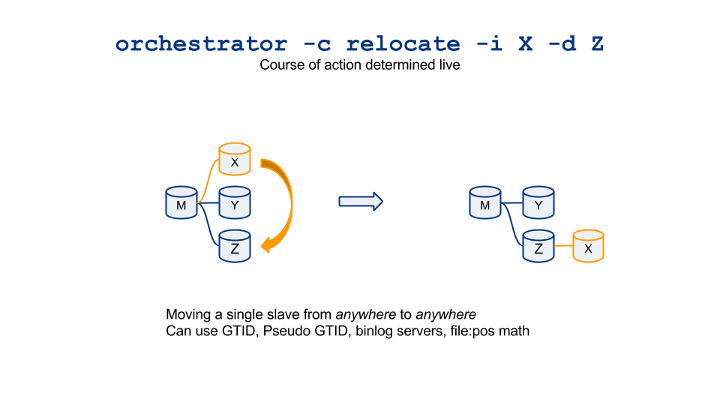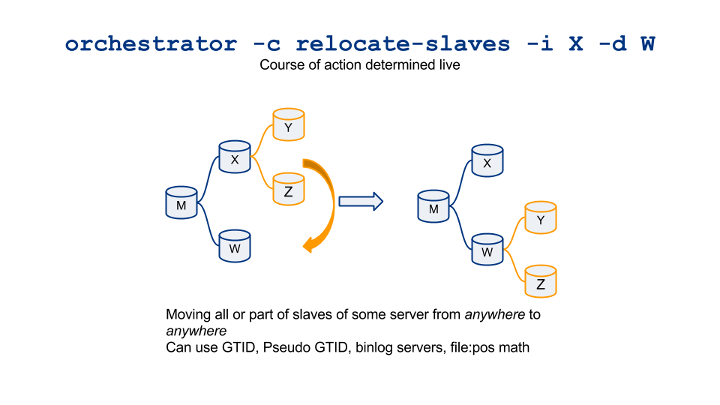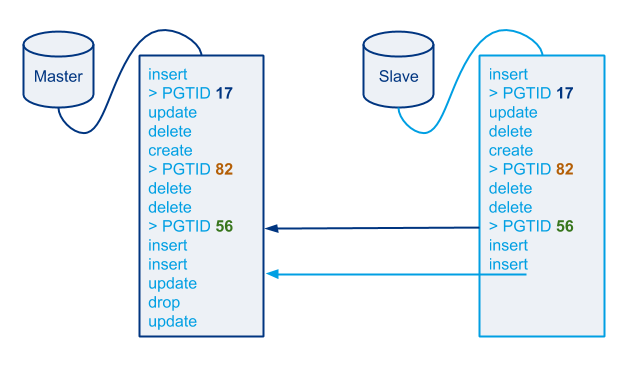Registration for the Percona Live Amsterdam conference community dinner at Booking.com is ongoing. Please note the following:
- By Monday noon the kitchen will make the necessary purchasing. At this time we will have to give them a number, which we will not exceed.
- The number we will give them is $(number of registrants Monday 12:00) + X, X being a constant
- Those X tickets will be available until Tuesday 12:00
- After which the registration is closed. We wish to avoid throwing away food, on one hand, as well as respect those who have reserved place and avoid running out of food, on the other.
Entry to the Booking.com building will be made available via Security personnel to those people who will be listed by the eventbrite registration. We will not be able to have last moment registrants; we will not collect money at the entrance; no credit cards accepted at the doorway.
If you’d like to attend the community dinner, please register now!
FYI Percona has arranged for boats to make the travel from the conference venue to Booking.com (no registration required, but room limited on those boats as well).
Now ain’t I being dramatic here. So happy to see everyone here in Amsterdam in a few days!


